Integrative analysis of transcriptomics and proteomics of skeletal muscles of the Chinese indigenous Shaziling pig compared with the Yorkshire breed
- PMID: 27296698
- PMCID: PMC4906580
- DOI: 10.1186/s12863-016-0389-y
Integrative analysis of transcriptomics and proteomics of skeletal muscles of the Chinese indigenous Shaziling pig compared with the Yorkshire breed
Abstract
Background: The Shaziling pig (Sus scrofa) is a well-known indigenous breed in China. One of its main advantages over European breeds is its high meat quality. However, little genetic information is available for the Shaziling pig. To screen for differentially expressed genes and proteins that might be responsible for the meat quality, the longissimus dorsi muscles from Shaziling and Yorkshire pig breeds were investigated using an integrative analysis of transcriptomics and proteomics, involving high-throughput sequencing, the two-dimensional gel electrophoresis, and mass spectrometry.
Results: Sequencing produced 79,320 unigenes by de novo assembly, and 488 differentially expressed genes in the longissimus dorsi muscle of Shaziling pig compared with the Yorkshire breed were identified. Gene Ontology term enrichment of biological functions and Kyoto Encyclopedia of Genes and Genomes analysis showed that the gene products were mainly involved in metabolism, protein binding, and regulation of skeletal muscle development. At the protein level, 23 differentially expressed proteins were identified, which were potentially associated with fatty acid metabolism, the glycolytic pathway, and skeletal muscle growth. Eight differentially expressed genes were confirmed by real-time PCR. These results give an insight into the mechanisms underlying the formation of skeletal muscle in the Shaziling pig.
Conclusions: Certain differentially expressed genes and proteins are involved in fatty acid metabolism, intramuscular fat deposition, and skeletal muscle growth in the Shaziling pig. These results provide candidate genes for improving meat quality and will promote further transcriptomic research in Shaziling pigs.
Keywords: Meat quality; Proteomics; RNA-seq; Shaziling Pig.
Figures


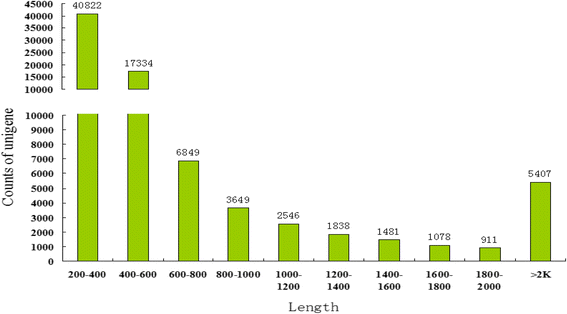
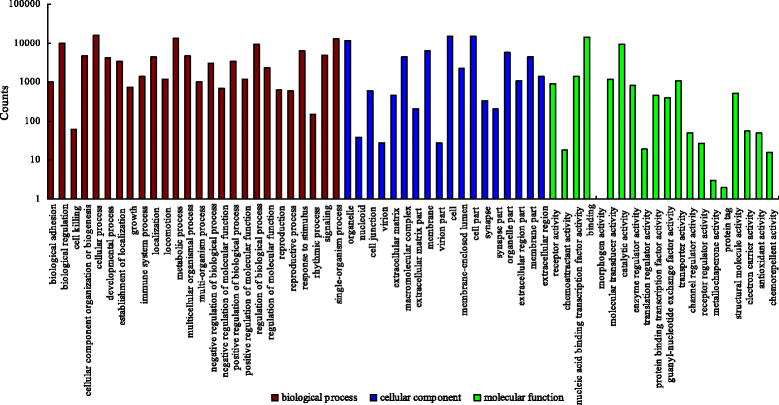
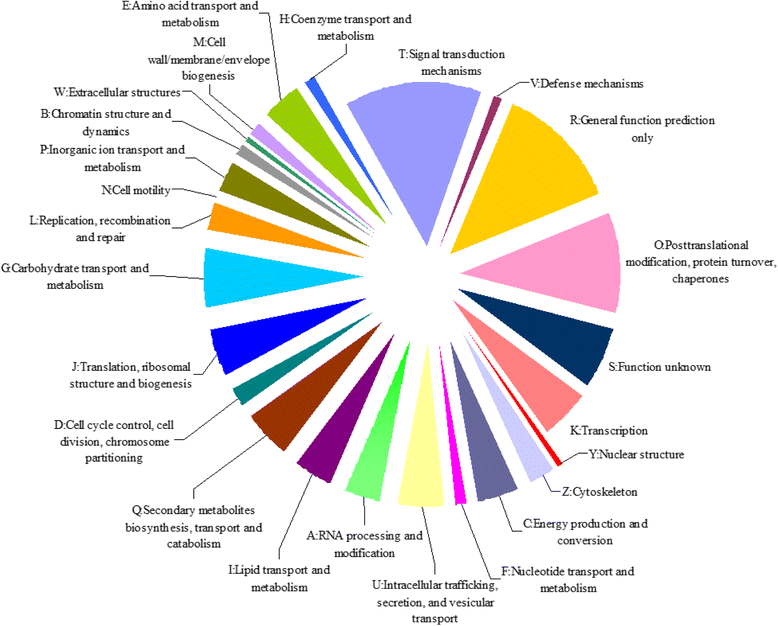
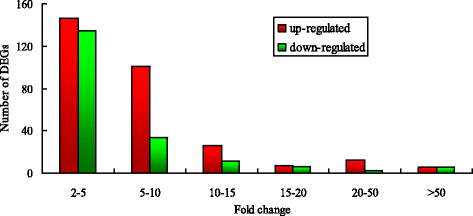
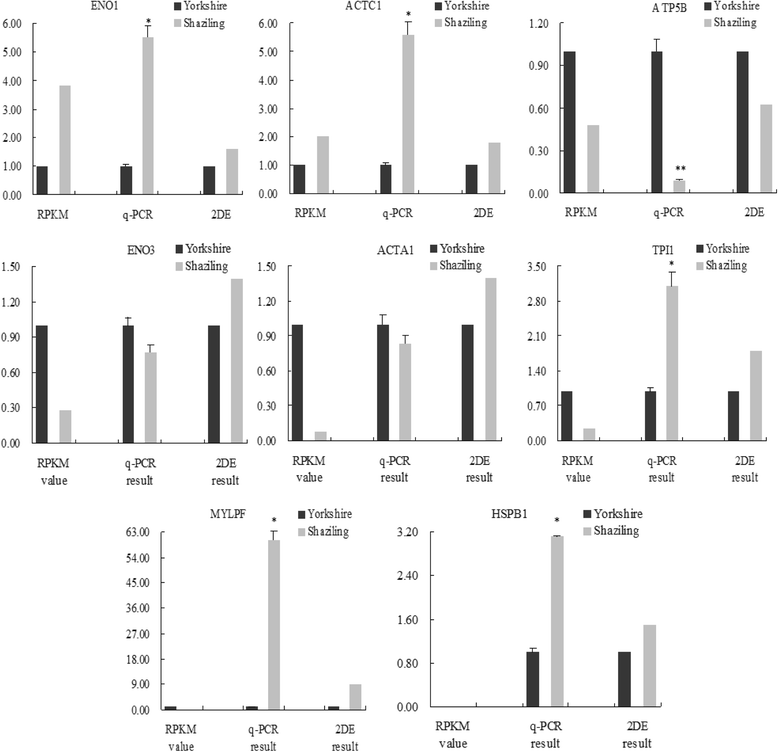
References
-
- Scherf BD. World watch list for animal diversity. 3. Rome: FAO; 2000.
Publication types
MeSH terms
Substances
LinkOut - more resources
Full Text Sources
Other Literature Sources
Molecular Biology Databases

